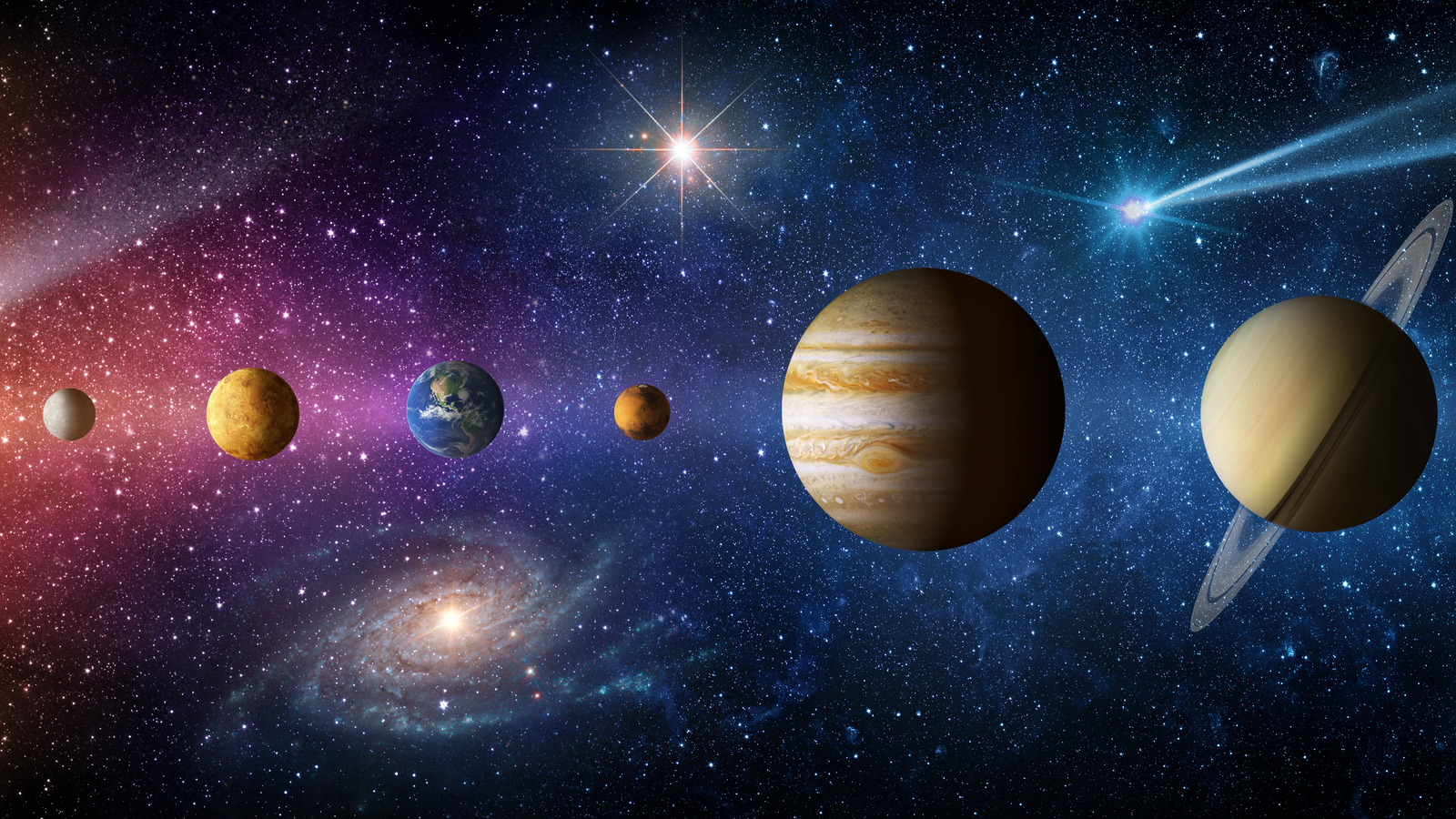Here’s What Would Actually Happen If All The Planets Aligned

First, an alignment depends entirely on your point of view in relation to those planets. Three or four planets might be aligned if you’re looking at them from Earth, but if you hop over to one of the other planets in the solar system, they won’t be. Secondly, the term doesn’t literally mean they’re lined up along the same heading, just that they’re all lumped together in the same area. Since planets all have different orbits within the three dimensions of space, it may happen to a few, but it can rarely happen to all of them.
Jean Meeus, author of the book “Mathematical Astronomy Morsels,” is a Belgian astronomer specializing in celestial mechanics and mathematical astronomy. He did the math based on the planet’s heliocentric longitude and defined them as being lined up the same if they were within 1.8 degrees of each other. His math was eye-opening.
The three inner planets (Mercury, Venus, and Earth) would only “line up” once every 39.6 years. Adding Mars, Jupiter, Saturn, Uranus, and Neptune to the mix lowers the occurrence rate to a mind-boggling once every 396 billion years (via Sky & Telescope). On May 6, 2492, all eight planets will be as aligned as possible. Still, they won’t be anywhere close to being in a straight line.
Even if all the planets lined up “exactly,” NASA says nothing significant would happen. What about ocean tides? They would raise an imperceptible “one twenty-fifth of one millimeter.” So, it’s safe to say your beachfront property will be just fine.
For all the latest Games News Click Here
For the latest news and updates, follow us on Google News.
